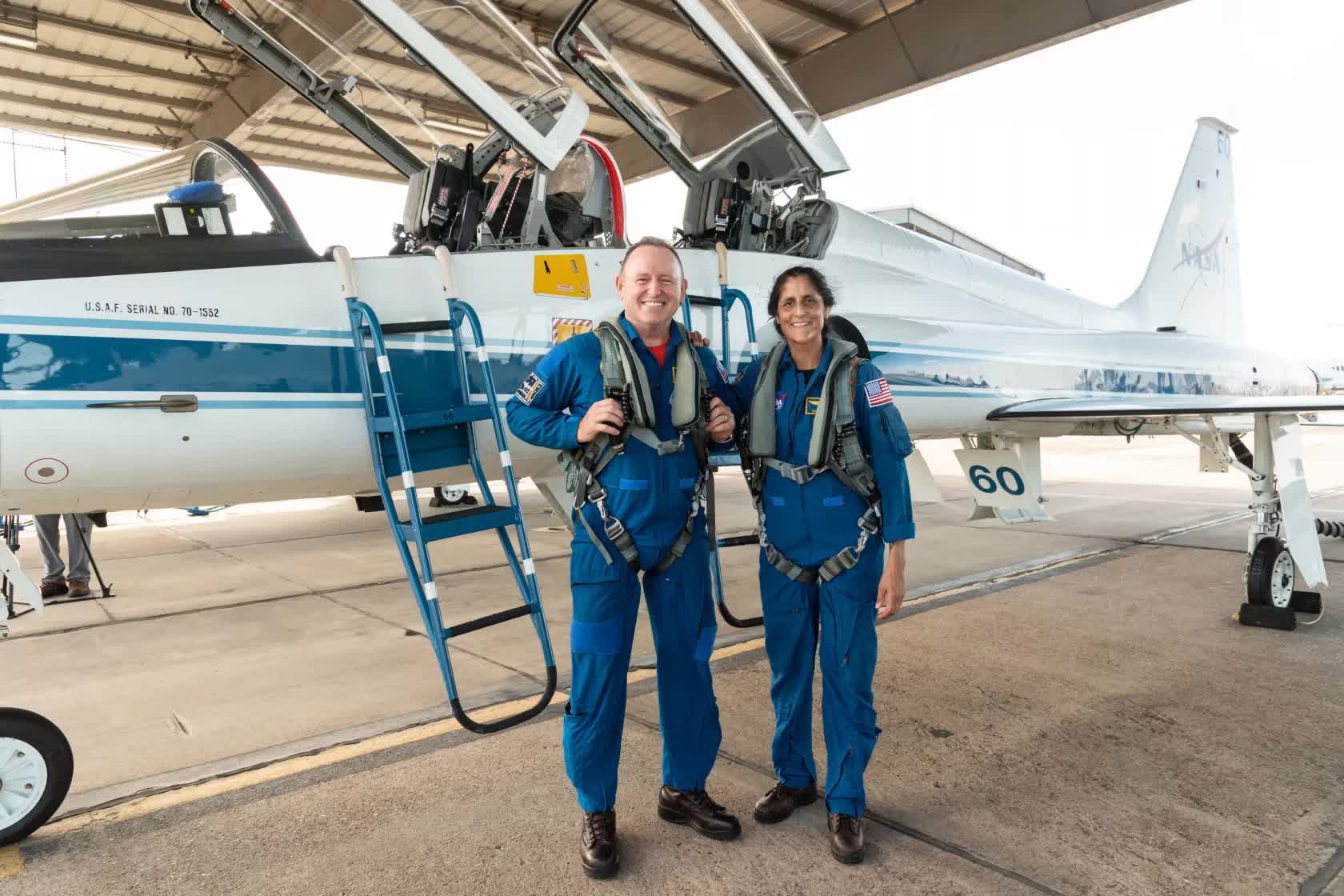In context: Boeing's crew capsule Starliner had a rough go of it on its big test flight in June. Thruster issues and helium leaks meant the two astronauts aboard couldn't dock with the orbiting lab as planned. Instead of lasting eight days, the mission is now going on eight weeks.
In Thursday's program update, NASA was still hesitant about revealing a firm return date. Steve Stich, the head of NASA's commercial crew operations, said they're not ready to announce when astronauts Butch Wilmore and Suni Williams will finally be able to depart the International Space Station and head back to Earth.
"We don't have a major announcement today relative to a return date," Stich said. "We're making great progress, but we're just not quite ready to do that."
Although Stich stressed the goal remains to bring them home aboard Starliner, he admitted NASA is looking at other options for fetching the stranded astronaut duo. The space agency may have to conduct a rescue mission if Boeing's capsule continues struggling.
Boeing and NASA have been scrambling to determine why several of the capsule's maneuvering thrusters conked out during the docking attempt. Engineers have conducted tests in the New Mexico desert to troubleshoot the issue. Stich said more analysis is coming this weekend.

NASA had initially stated that Starliner would be safe for a 45-day stay. The agency has since said the capsule could stay up for twice that duration. That gives ground control about a month to either get Starliner working or send up a rescue team.
To make matters worse, Stich said a critical NASA review of all the test data won't happen until early August. That means we likely won't get a clear picture of when, or even how, Wilmore and Williams will finally be able to come home until after that point.
For his part, Mark Nappi, the Boeing VP overseeing the Starliner program, regretted how the company initially insisted this was just an eight-day mission.
"I think the only thing we'd do differently... is we would not have been so emphatic about an eight-day mission," he said, noting they always knew it could last longer.
The issues plaguing Starliner have dealt another setback to Boeing, a company already grappling with a reputation crisis following a severe safety lapse involving one of its 737 Max 9 commercial aircraft back in January. First commissioned in 2017, the spacecraft has been costly for Boeing due to its many issues that have racked up over $1 billion in overruns - from coding snafus to parachute mishaps.
For now, both NASA and Boeing maintain the astronauts are safe and comfortable as this extended space staycation drags on.
